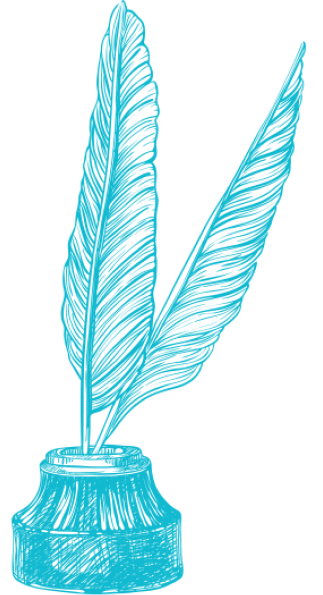
It’s interesting to consider how the kind of work I’ve just been doing will change as more and more books assume digital form. For instance, I had to look at several different editions of The Age of Anxiety — and to buy them from the wonderful AbeBooks — and compare them page by page in order to discover any significant variations. Will scholars someday have multiple digital versions that they can compare with version control software or a simple diff command? Or will the very notion of different “printings” and “editions” disappear when digital versions can be altered and corrected instantly? People who specialize in texts of the digital era will still do textual editing, but it’s likely to look a lot different than what I’ve been doing lately.
For those who may be interested, here are just a few words from the end of my Introduction to The Age of Anxiety:
The Age of Anxiety remains a vitally important poem — in some ways a great one. It is surely Auden’s most ambitious work: formidably complex as his previous two long poems are, their themes are more bounded. “For the Time Being” meditates on the entry of the Divine into history; “The Sea and the Mirror” on the relationship between art and religious belief. These are large concerns, to be sure, but delimited. The question of what makes for an age of anxiety, on the other hand, is vaster and more amorphous: the condition itself must be described, and its etiology traced. A common anxiety manifests itself differently in those with and without religion; and for both groups alike it is fed by political, social, familial, and personal disorders. In The Age of Anxiety Auden tries to account for all of these, and if he falls short, that is a necessary result of such comprehensive ambition. . . .In 1953 Auden would write of the moment when, each morning, we emerge from our private worlds: “Now each of us / Prays to an image of his image of himself.” The Age of Anxiety is an extraordinarily acute anatomy of our self-images, and a diagnosis of those images’ power not just to shape but to create our ideas. And it contains some of Auden’s most powerful and beautiful verse: the compressed lyric “Hushed is the lake of hawks,” the great Dirge of Part Four, the twin final speeches of Rosetta and Malin. This poem, for all its strangeness and extravagant elaboration of theme and technique, deserves a central place in the canon of twentieth-century poetry.


Mr. Jacobs, I have not read Auden's "The Age of Anxiety," so I cannot comment on your introduction or Auden for that matter. However, a question in regards to your first part of this morning's posting: Are we really doing ourselves a service by putting books in digital formats? I must say that I can't help but shudder (even if it's slightly) at the prospect of reading a book digitally. It is my first, visceral reaction. Am I behind the times? I am not anti-technology, anti-science, etc., however, are we losing a bit of our soul if we are not engaged in, let's say, Goethe's "Faust" through our senses as well: touching the book, the paper may be old and yellowed or it may be brand new, silky; or perhaps making a mark with a pencil. Or do you think am I trying to create a far too idyllic environment, something which does not exist in people's consciousness anymore?
Emina, this is a topic explored often on this blog. Look especially for the "Kindle," "reading," "Screens," and "Digitization" tags in the "Frequently-Used Tags" box on the right of the screen.
Thank you, I checked some of it out…read "delusions of originality." I don't agree with Mr. Higgs (is it Higgs..I can't remember now). I think his heart is in the right place, as they say, but Picasso comparison is not right. Having a Penguin Classics copy of Middlemarch is not the same as Picasso's painting. If we follow that logic, then we would have to have original paper that was used by George Eliot when she wrote the book. Words are words, they will be the same whether on Kindle or paper: that I can't argue against. Now I really have to think about this whole Kindle business some more: you have raised some questions for me and I don't have the answers for them. One thing I do know for sure: there is something about a physicality (is this even a word?) of a thing, or space. Hmmm…
I look forward to reading your edition of The Age of Anxiety. In addition to an interest in the work itself, I’m interested in reading more about your editorial process and decisions. With critical editions, I always wonder: Is this a text anybody ever read? I recently had a class take their new anthology of 18th-century English drama and compare the plays in it to plays printed in the 18th century. While these contemporaneous imprints don’t reproduce the plays as they were performed, they do give us more information about the plays themselves (actors, original stage directions, etc.) and about their historical contexts (through dedications, prologues, etc). The anthology gives us very clean and clear texts, but we’re among the first readers to encounter them.
Digital manifestations of texts challenge our expectations about the stability of texts. One can imagine the emergence of a whole new discipline of digital redaction criticism. Which copy of which edition got digitized? Was that bit of fly caught in the handmade paper or in the scanner? Is this a copy of the pre-print, print, or post-print version of the work? Has the text on this website changed since yesterday?